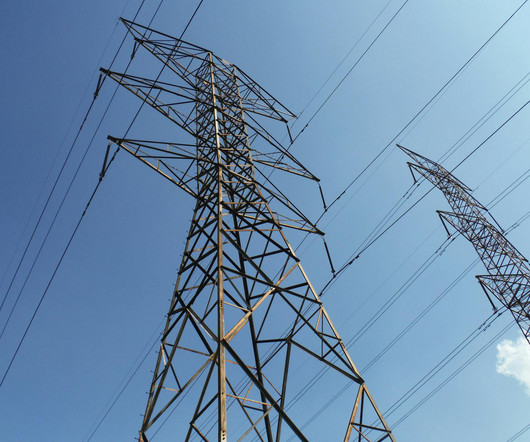The US’s largest battery-grade lithium refinery will be in Oklahoma
Baua Electric
JANUARY 17, 2024
The refinery will be in Southside Industrial Park in Muskogee, Oklahoma, southeast of Tulsa, and is expected to be capable of producing up to 50,000 metric tonnes of battery-grade lithium annually. In 2022, Oklahoma ranked third in the US for electricity generation from wind, which accounted for 93% of the state’s total renewable generation.












Let's personalize your content